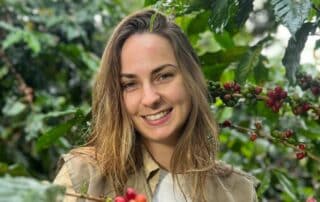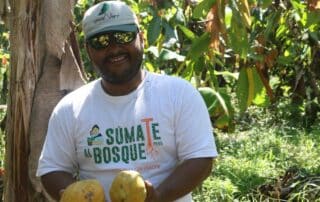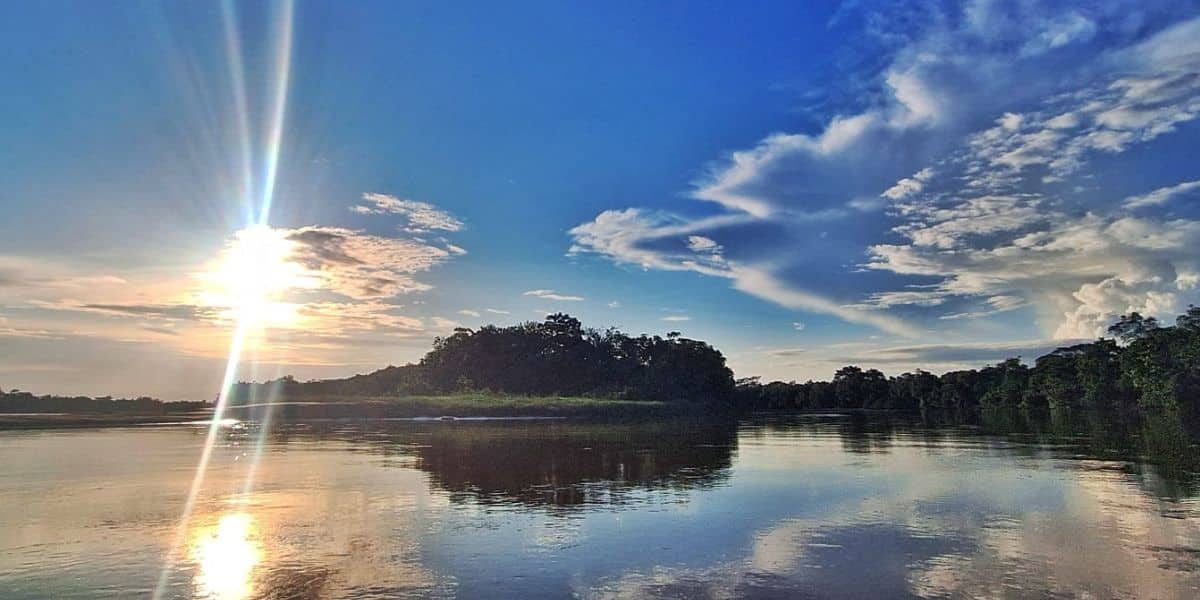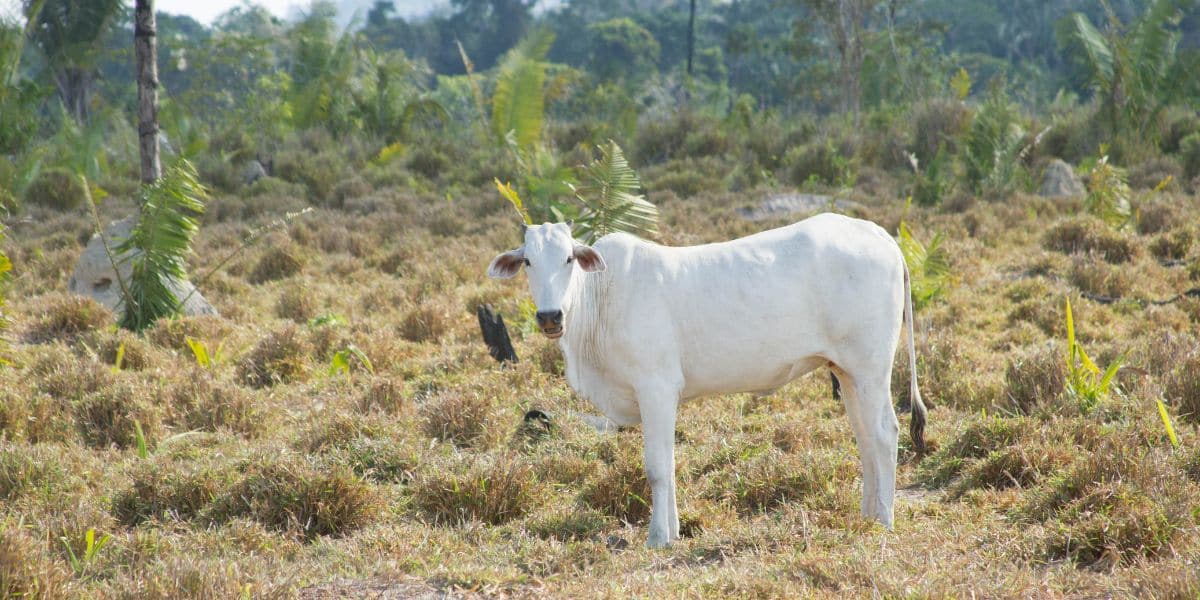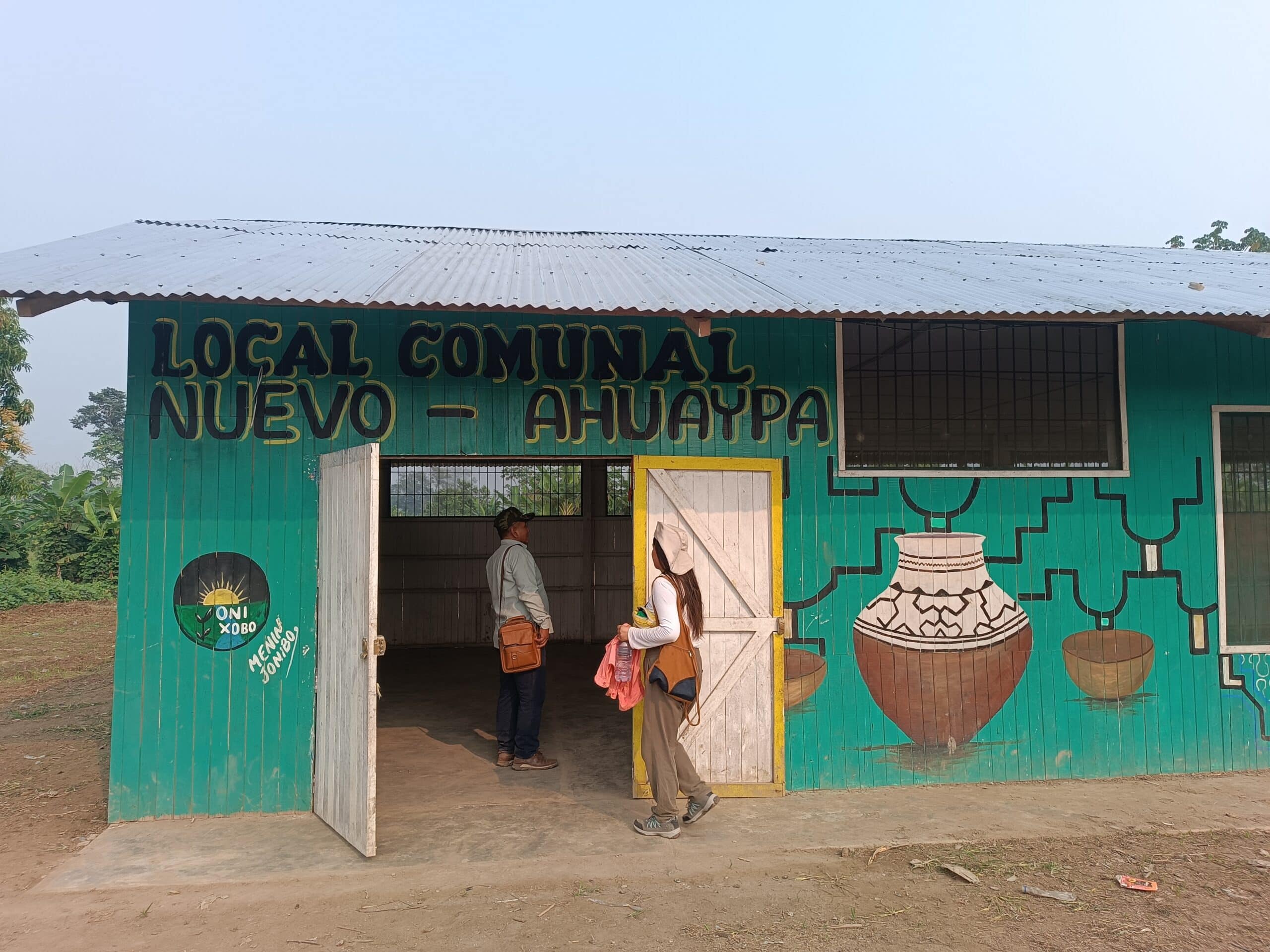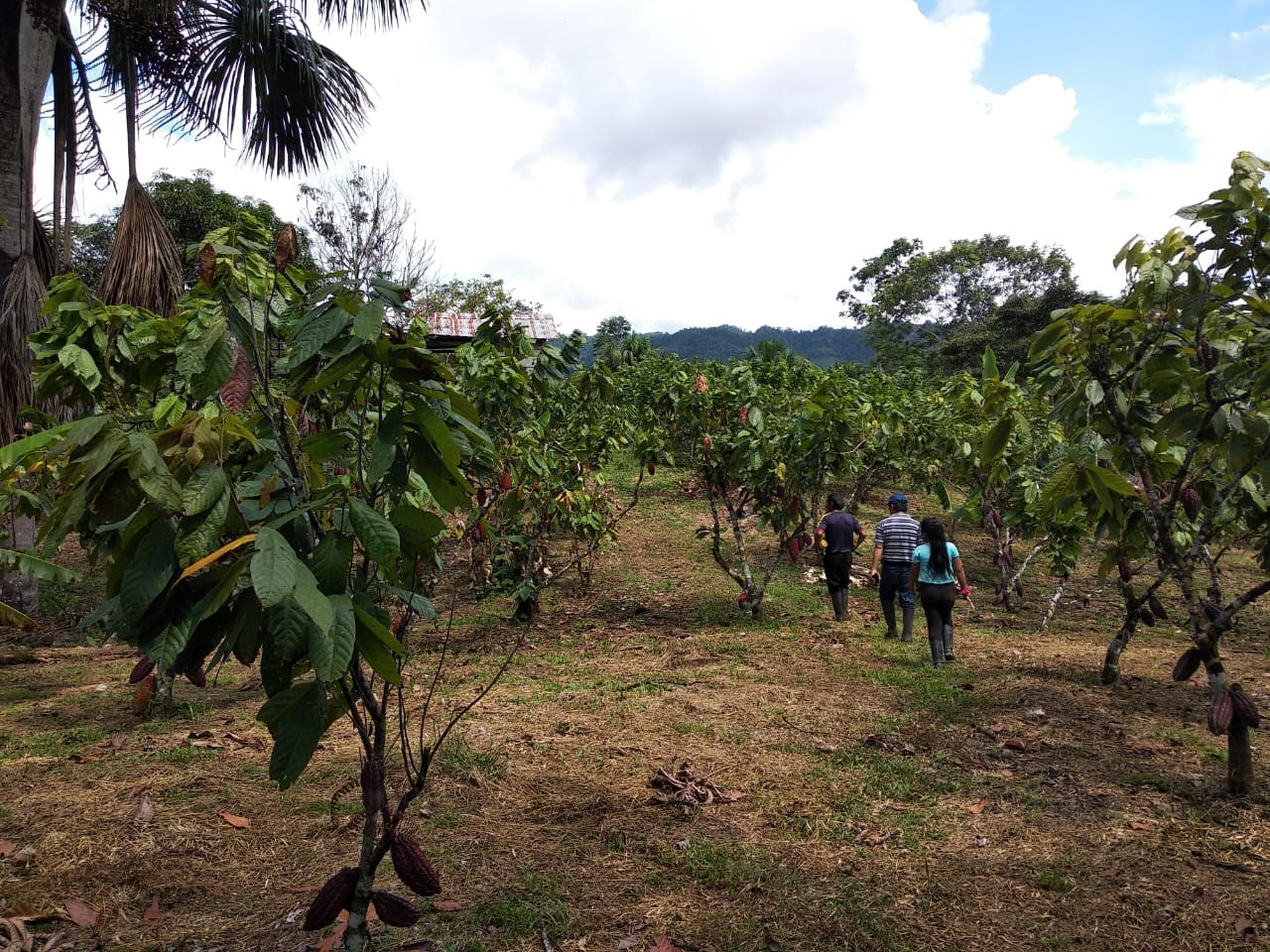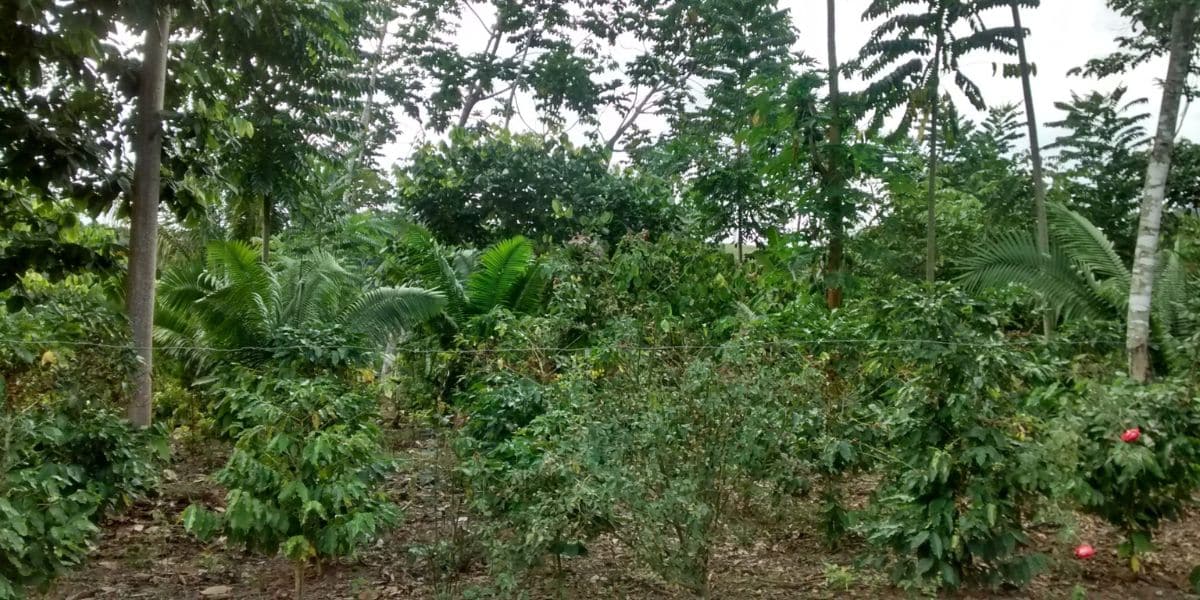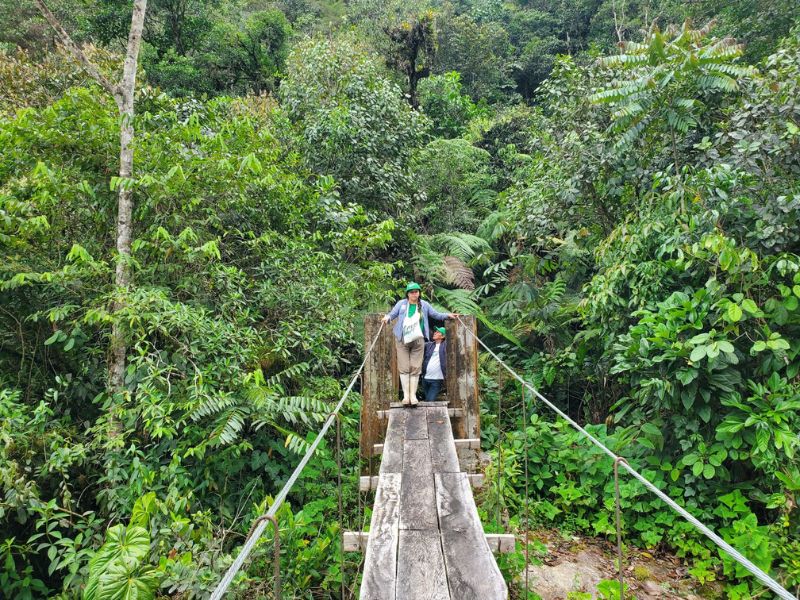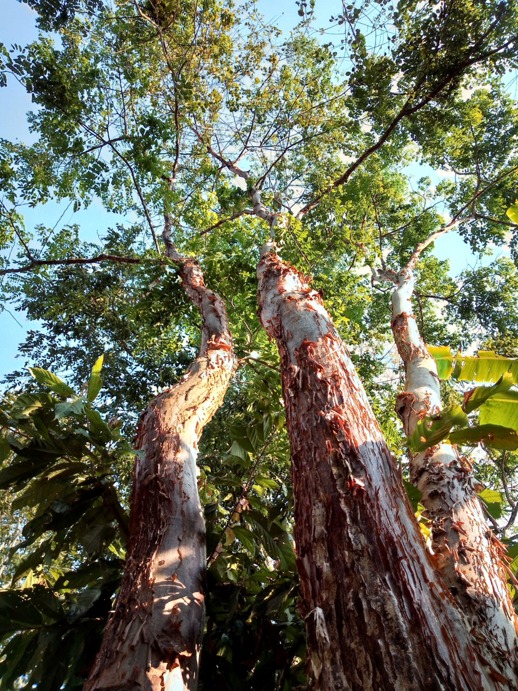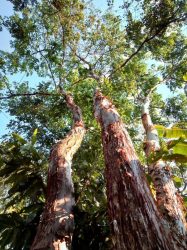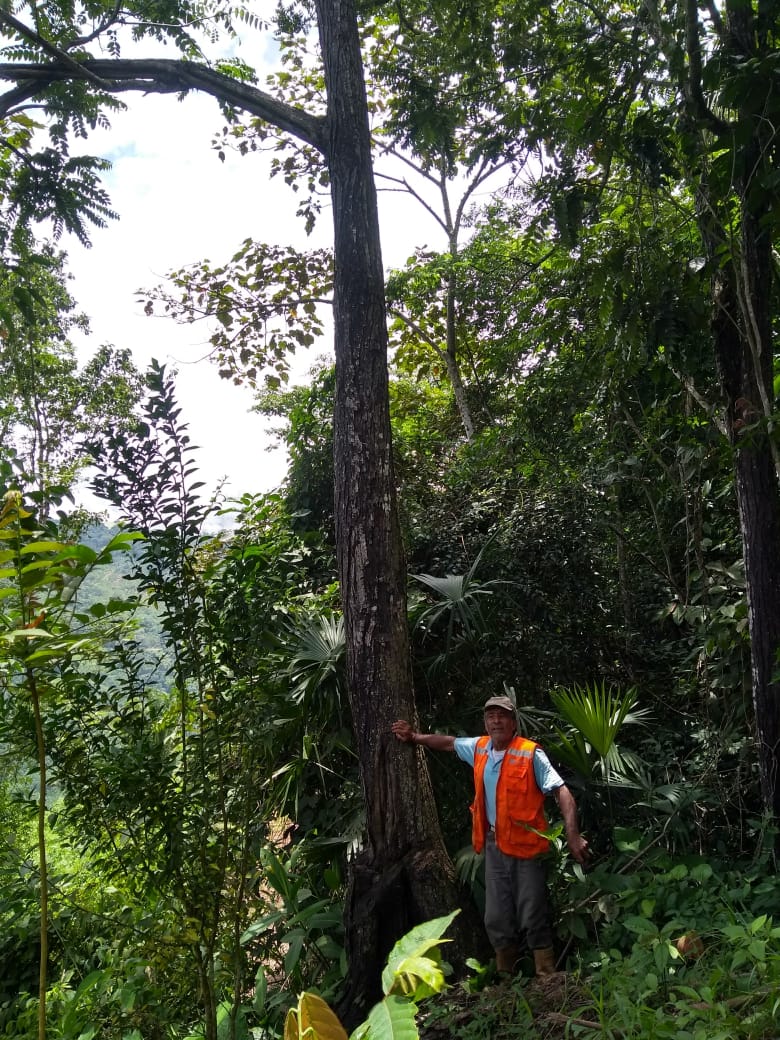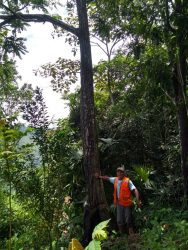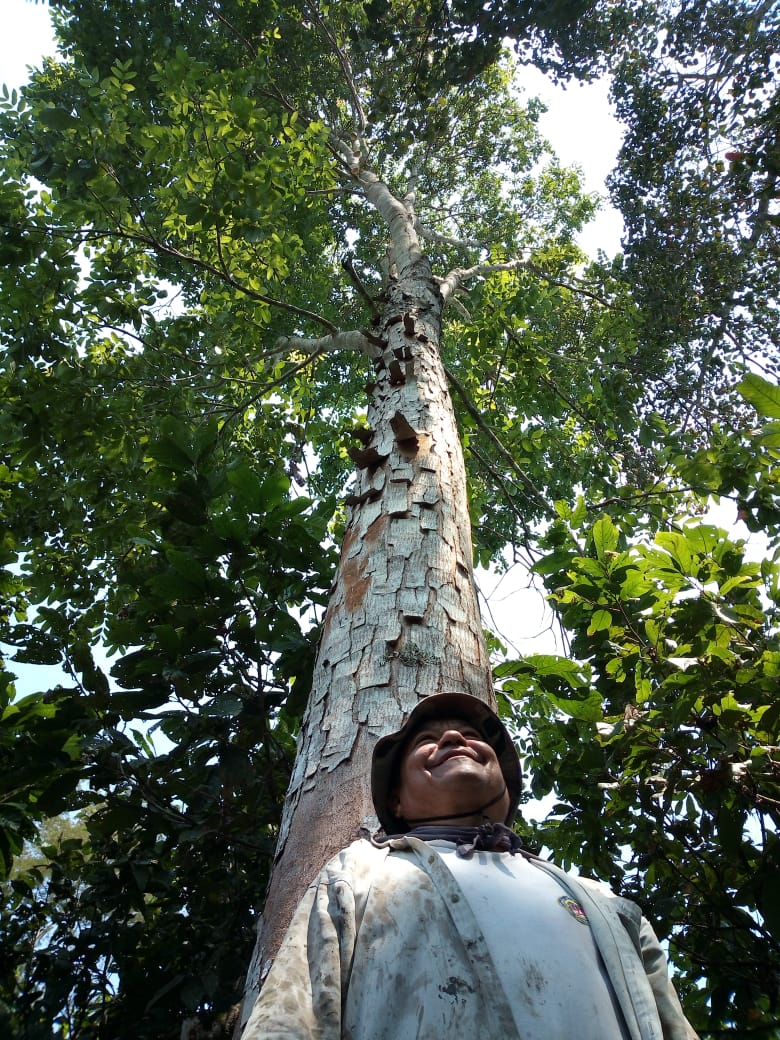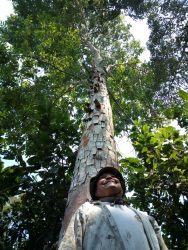The main objective of the ConBosque program is to contribute to the conservation of 17,301 hectares of forest in the Colombian and Peruvian Amazon, while ensuring the sustainable use of resources and improving the quality of life and well-being of 284 families from farmers and indigenous communities. The program will contribute to the development of economic alternatives to deforestation, enabling families to diversify their incomes, and value standing rather than felled forests.
Peru and Colombia are home to exceptional biodiversity and ecosystems that provide vital resources for forest-dependent communities.
Although both countries have made efforts to protect these unique spaces through the creation of protected areas, these policies are clearly insufficient to deal with the threats facing the Amazon region.
Between Peru and Colombia, 7.4 million hectares of forest have been lost in 10 years, mainly due to cattle ranching, agriculture, and illegal activities.and Colombia in 10 years), mainly due to cattle farming, agriculture and illegal activities.
Within this context, the ConBosque program operates in the Amazon rainforest, on deforestation fronts, both in the Piedemonte region (border between the Andes and the Amazon) and in the Amazonian plain.
The aim is to build the capacities and awareness of rural and indigenous populations to ensure their commitment to the environmental protection of their territory and their active participation in biodiversity conservation. This goes hand in hand with the search for ways to diversify their income through economic alternatives derived from forests and marketed on local and national markets.
Three priorities will be targeted:
- Improving knowledge and strengthening territorial governance,
- Forest conservation and restoration,
- Developing economic alternatives to deforestation.
This program is being implemented with numerous public and private stakeholders, such as municipalities, universities, local associations, and national public institutions.
Immersion in the ConBosque Program
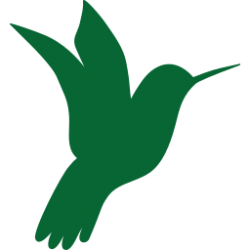
Video currently being filmed… please be patient!
Click on the interactive map for a more detailed view of the project’s land plots
Newsfeed
Interviews
Actors of the project, farmers, participants, employees and volunteers talk about the project.
Pilote sites
This program is being implemented in various sites between Peru and Colombia. Here you can find out more about the specificities of each area.
Economic alternatives
When a tree no longer has commercial value, it tends to disappear, as demonstrated by the case of Theobroma bicolor (macambo) or Theobroma grandiflorum (copoazu), which are cousins of cocoa, but have not had the same fate as Theobroma cacao, and have almost disappeared from the Amazonian landscapes.
To give communities a greater interest in preserving the forest, we support them in identifying sustainable commercial value chains derived from forests: economic alternatives to deforestation. Initiatives such as ecotourism, the production of non-timber forest products and agroecological agriculture help to improve the lives of communities, maintain forest areas and promote respect for the environment.


